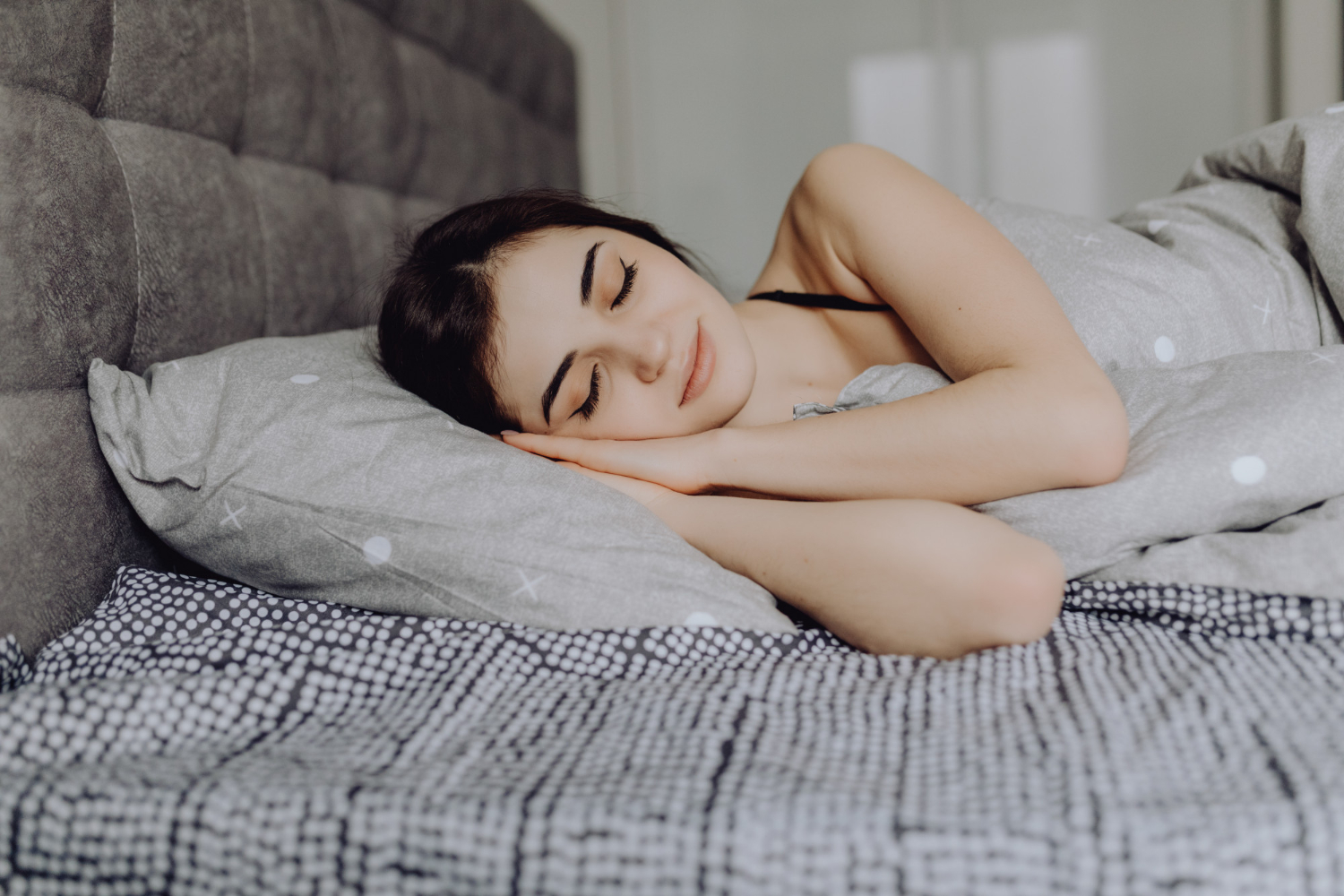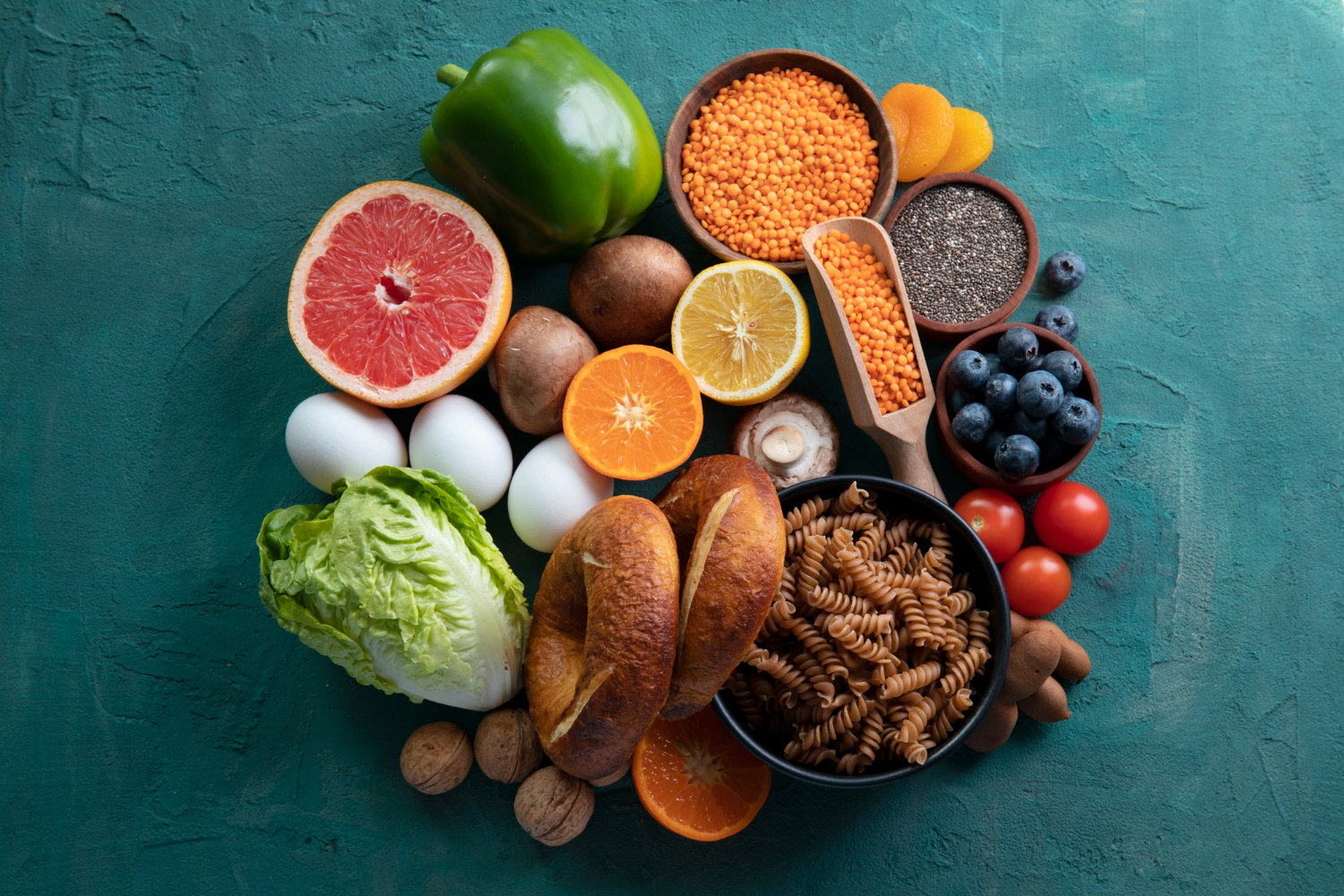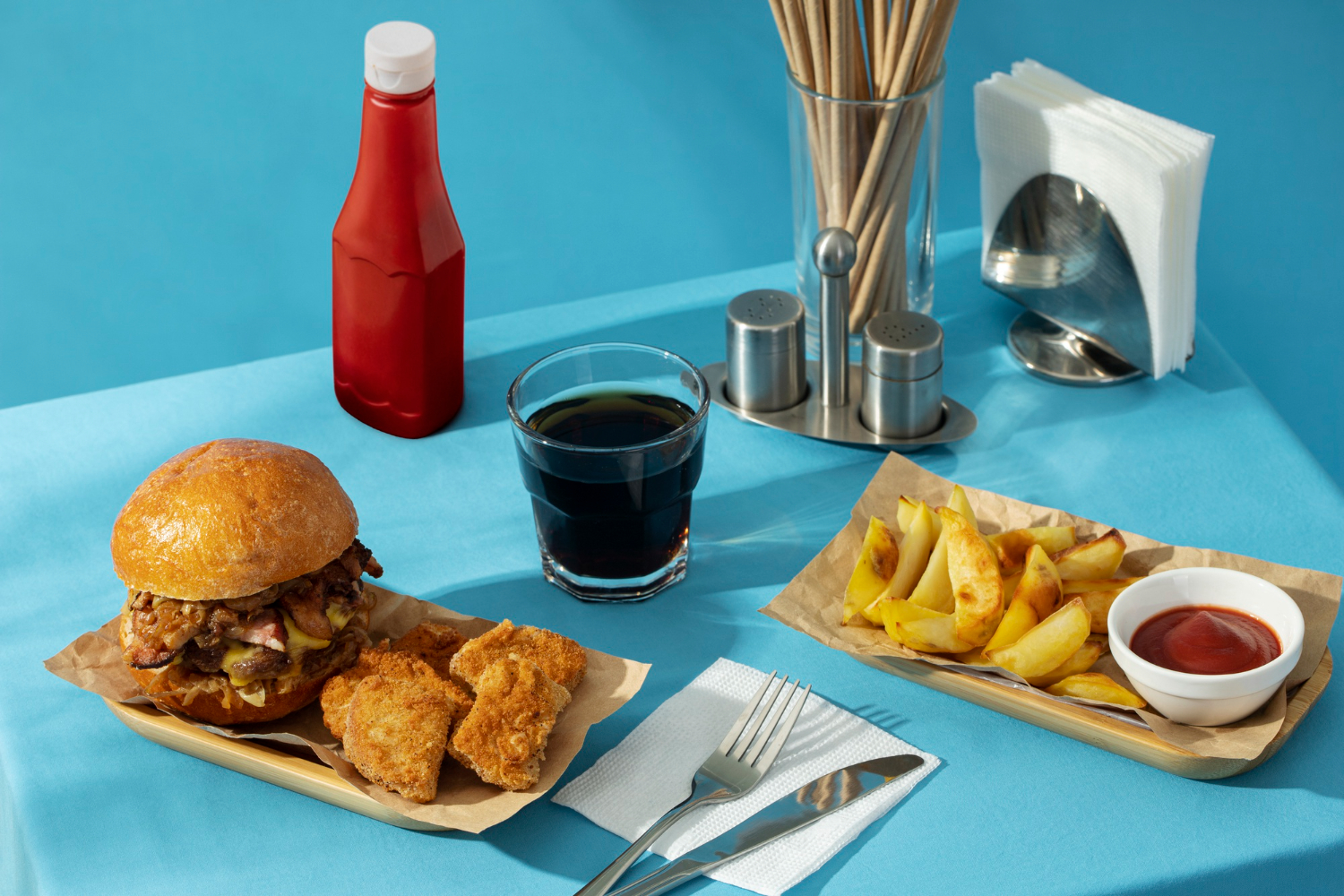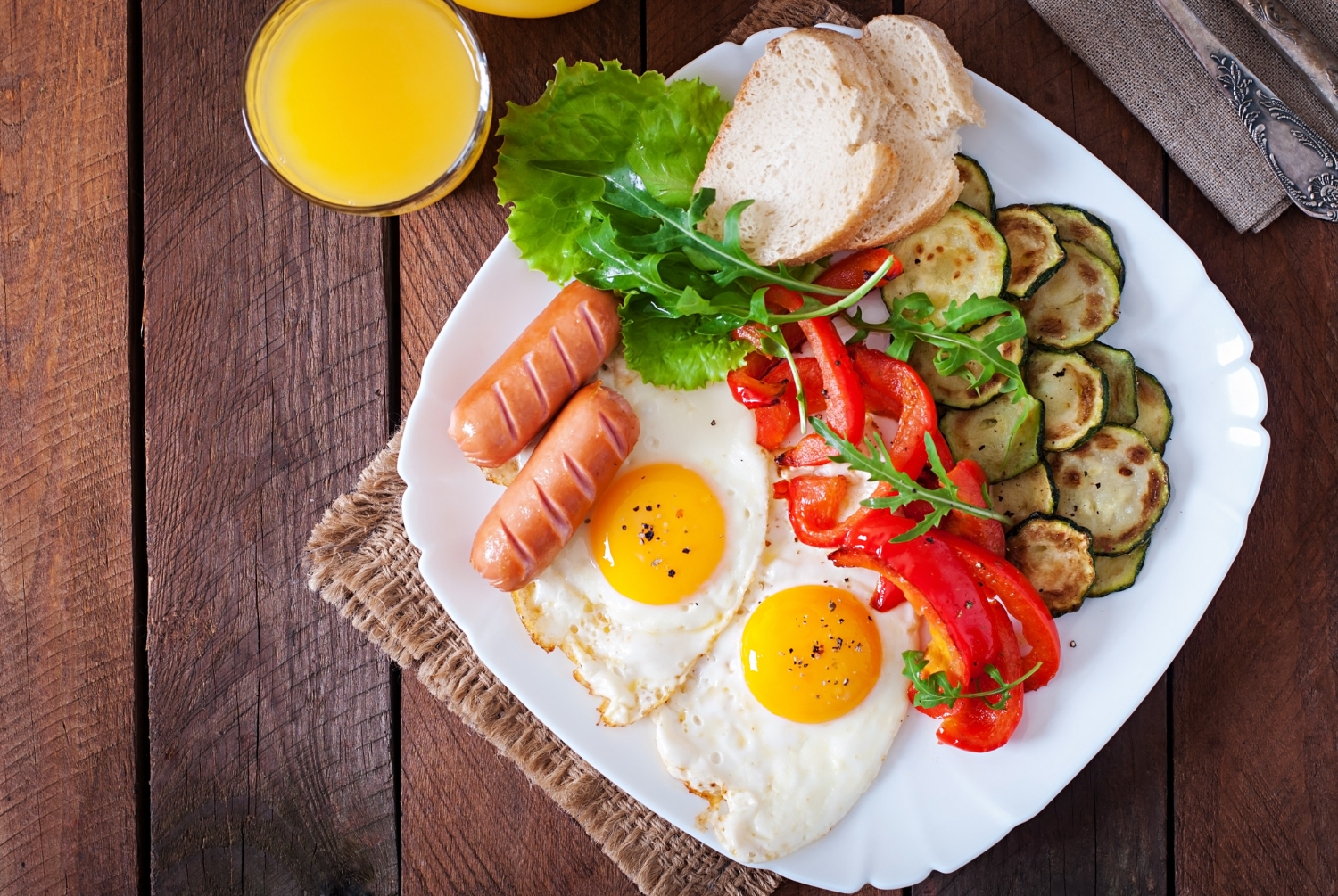10 Tips on How to Increase Protein Intake? (According to Dietitians)
Ever felt like your energy levels are plummeting despite eating well? That could be a sign you need more protein in your diet. Protein isn’t just for bodybuilders. It’s crucial for everyone, especially us multitasking women.
Protein helps build muscles, keeps your skin and hair healthy, and supports your overall energy levels.
Today, I’ll share some easy and natural ways to boost your protein intake. So, stick around, because by the end of this article, you’ll have all the tips and tricks to make sure you’re getting enough protein every day!
How Much Protein Should I Eat Per Day?
Before we dive into how to get more protein, let’s talk about how much you actually need. The recommended dietary allowance (RDA) for protein is about 46 grams per day for most women.
However, if you’re active or pregnant, you might need more. According to the Mayo Clinic, active women may need up to 1.2 to 2.0 grams of protein per kilogram of body weight. So, if you weigh 70 kg, that means you could need between 84 and 140 grams of protein a day!
However, my recommendation for clients is to eat 1 gram of protein per pound of bodyweight per day.
Getting enough protein isn’t just about eating meat. It’s about making smart food choices throughout the day. Ready to learn how? Let’s go!
How To Increase Protein Intake (Without Protein Powder)
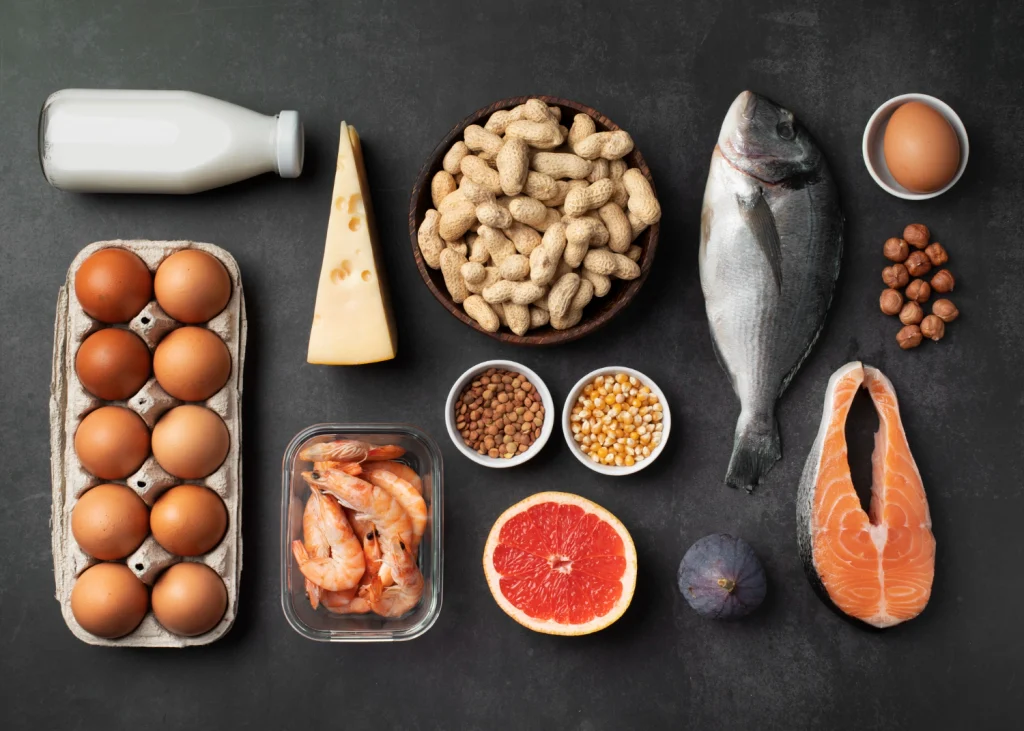
Now, let’s come to the important part. Many people use protein powder because it’s the most convenient way to consume more protein. However, it’s not the only choice. You can increase your daily protein intake by following the tips below.
1. Make Protein the FIRST Choice
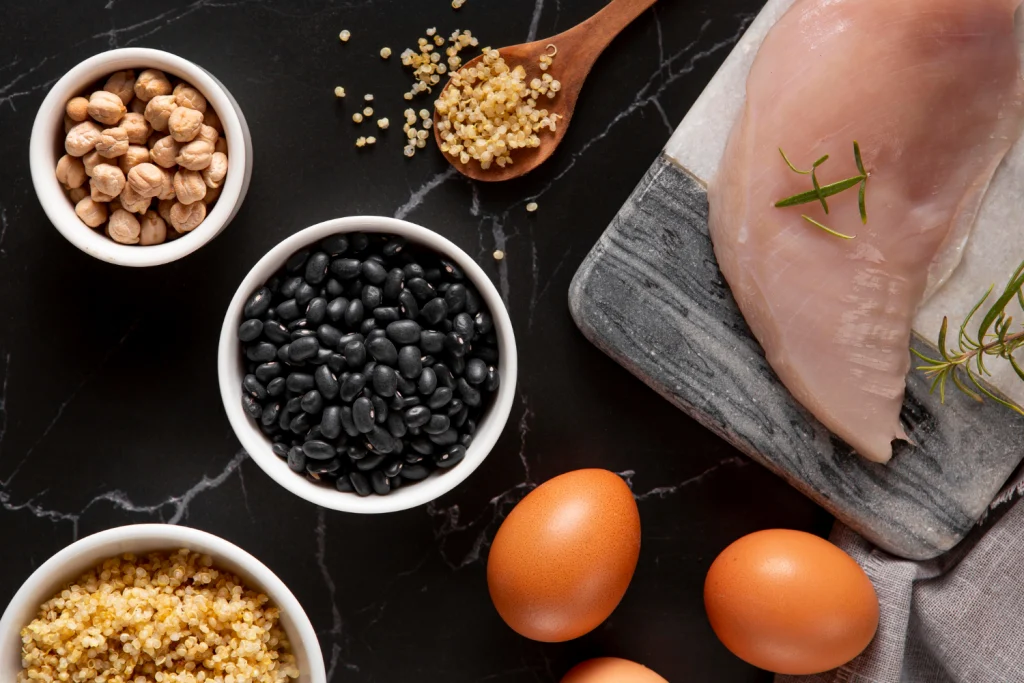
When planning your meals, start with protein. Instead of thinking about sides and carbs first, focus on what protein source you’ll have. This could be chicken, fish, beans, or tofu. By making protein your priority, you’ll naturally increase your intake.
2. Choose Animal and Plant-Based Proteins Together
Don’t just rely on one source of protein. Mix it up! Combining animal and plant-based proteins can provide a broader range of nutrients. For example, pair chicken with a side of lentils or mix eggs with spinach in an omelet. This combination gives you essential amino acids and other vital nutrients.
3. Replace Cereal with Eggs
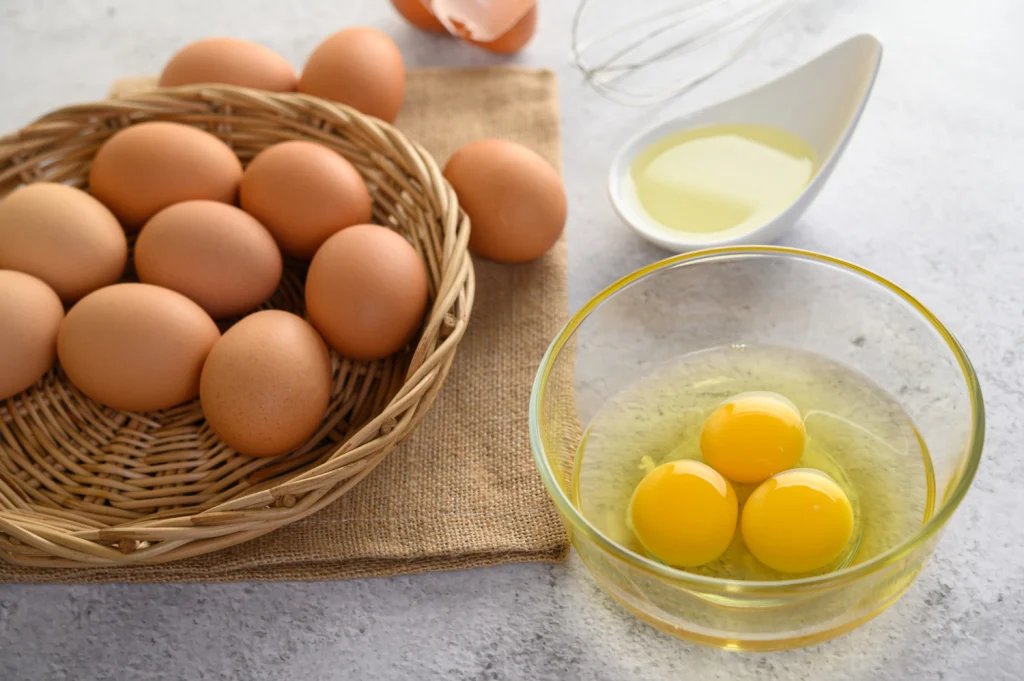
Cereal might be quick, but it’s often low in protein. Swapping your morning cereal for eggs can make a big difference. Eggs are a fantastic source of high-quality protein. They’re also versatile – think scrambled, boiled, or in an omelet with veggies.
4. Choose Greek Yogurt
Greek yogurt has about twice the protein of regular yogurt. It’s thick, creamy, and perfect for breakfast or a snack. You can top it with fruits, nuts, or a drizzle of honey for a delicious, protein-packed treat.
5. Include a High Protein Food with Every Meal
Make sure every meal includes a good source of protein. For breakfast, this could be eggs or Greek yogurt. Lunch might be a salad with chicken or chickpeas. Dinner could include fish or tofu. By ensuring each meal has protein, you’ll easily meet your daily needs.
6. Add High-Protein Toppings to Meals
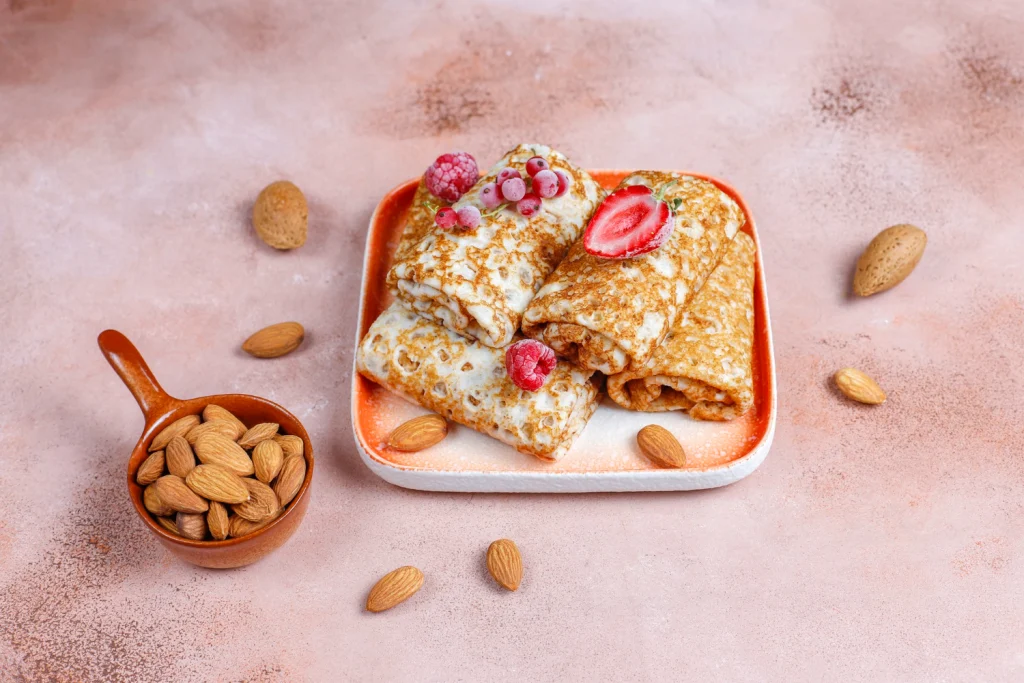
Sprinkle nuts, seeds, or cheese on your salads and soups. These toppings not only add crunch and flavor but also boost the protein content. For example, a tablespoon of chia seeds adds about 2 grams of protein.
7. Choose Protein-Packed Snacks
Snack smart by choosing high-protein options. Think about hummus with veggie sticks, a handful of almonds, or a protein smoothie. These snacks can keep you full longer and provide the energy you need to keep going.
8. Choose Slightly Larger Cuts of Meat
When cooking meat, go for slightly larger cuts. Instead of a small chicken breast, choose a medium one. This small change can help increase your overall protein intake without much extra effort.
9. Prep Your Own Protein Snacks
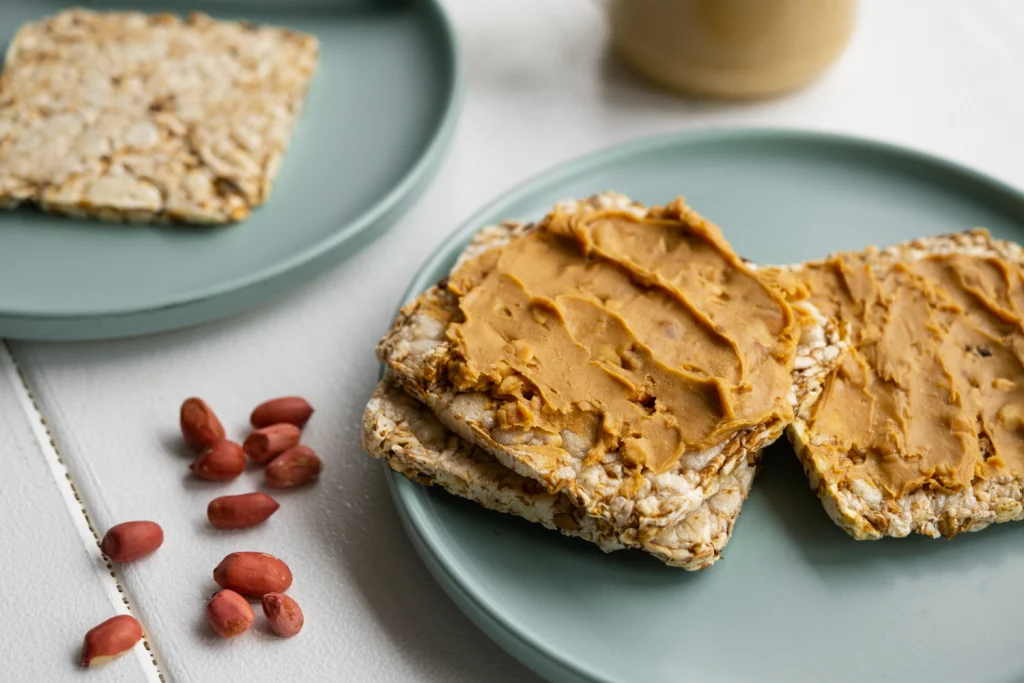
Homemade snacks can be a great way to ensure you’re getting enough protein. Try making energy balls with oats and peanut butter, or bake your own protein bars. This way, you control the ingredients and the protein content.
10. Consider Various Protein Sources
Don’t get stuck in a protein rut. Explore different protein sources like quinoa, edamame, cottage cheese, or even protein-enriched pasta. This variety keeps your meals interesting and your nutrient intake balanced.
The Best High Protein Foods You Should Incorporate into Your Daily Meal:
To help you out, here’s a list of some of the best high-protein foods:
- Chicken Breast: Lean and packed with protein, perfect for any meal.
- Eggs: Versatile and a great source of high-quality protein.
- Greek Yogurt: Thick, creamy, and twice the protein of regular yogurt.
- Lentils: A fantastic plant-based protein, great for soups and salads.
- Almonds: A handy snack that’s high in protein and healthy fats.
- Cottage Cheese: Low-fat options are packed with protein.
- Quinoa: A complete protein that’s also a great side dish.
- Edamame: Young soybeans that are perfect as a snack or in salads.
- Fish: Salmon and tuna are excellent choices for their protein and omega-3s.
- Tofu: A versatile plant-based protein that can be used in many dishes.
By incorporating these foods and tips into your diet, you’ll be well on your way to meeting your protein needs naturally. Remember, it’s about making small, consistent choices that add up over time. Happy eating!
